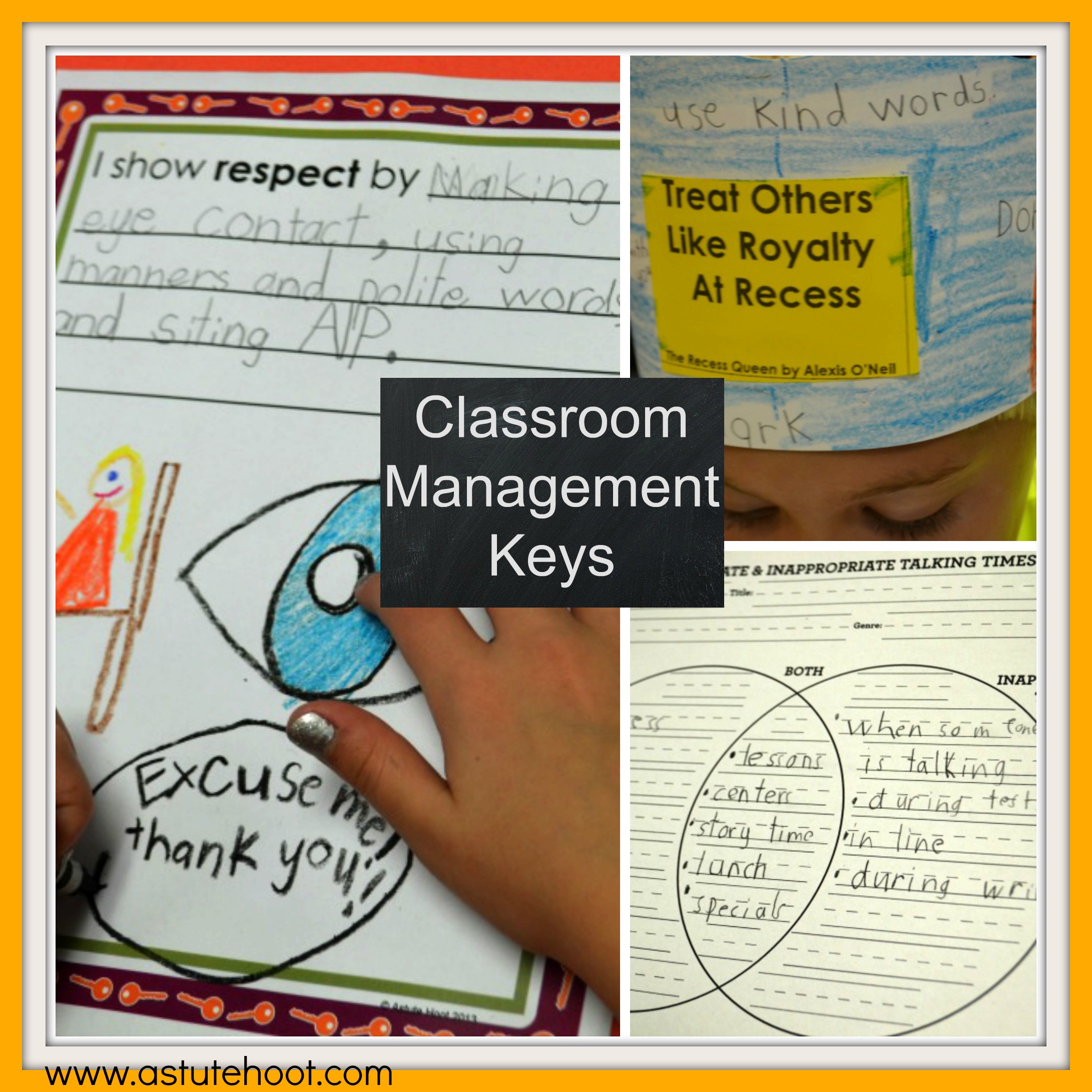Flash Friday Freebie: Classroom Management Keys
It’s our Flash Friday Freebie! Download the free Golden Keys to Success Classroom Management Plan and purchase the accompanying Golden Keys to Success Lesson Plans to start your year off on a golden note.
Do you every feel as if you are a glorified manager, simply trying to control the herd and maintain peace? Your classroom management plan is to blame. Most of the current, trendy behavior plans focus solely on teacher-based management. In these systems, the teacher directs and tries to control students’ behavior with little student involvement or ownership.
The clip system is the perfect example. Each student has a clothespin labeled with his/her name on it and begins the day in the middle of the chart on green “ready to learn.” During the course of the day students have the opportunity to move their clothespin up and down the chart according to their behavior choices. Positive behavior choices allow the student to move up a level and inappropriate behavior choices cause the clothespin to move down a level.
This system is extremely laborious as it requires constant teacher monitoring and feedback. What happens if the students didn’t move the clip when asked? What happens if you forgot to tell the student to clip up or down? What do you tell the concerned parent when you forgot why her son clipped down? How do you handle the student who “lost” his clip? Everyone who’s used the clip system has experienced these scenarios, probably more than once as in my case. These issues occur because we are trying to dominate students’ behavior rather than make them accountable.
The Golden Keys to Success Classroom Management Plan and accompanying lesson plans are your answer! This program teaches five critical life skills: be respectful, take care of self, be prepared, be prompt and participate. Students learn how to apply them to the classroom and transfer them to new settings and situations.
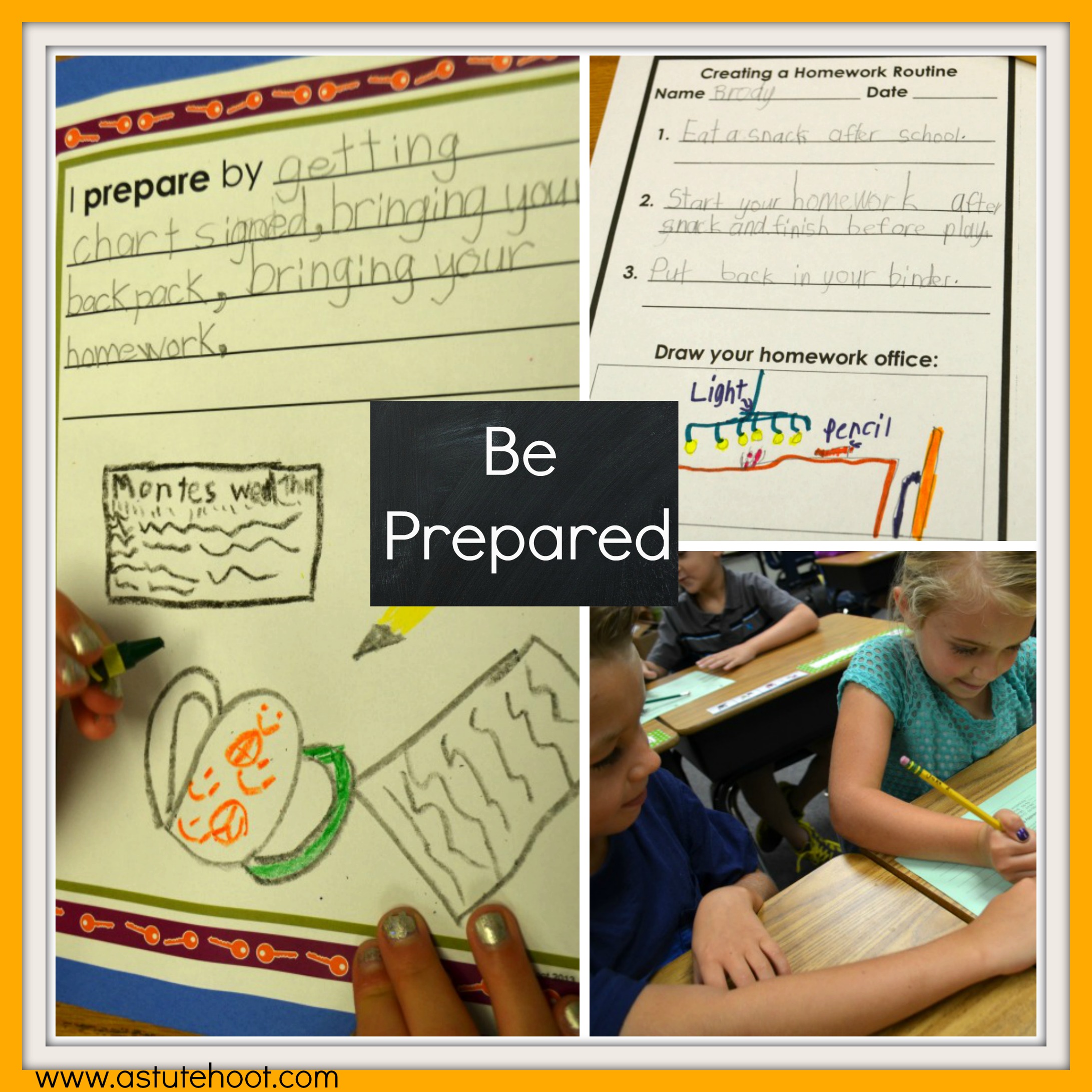
In this program students learn the definition of each key and practice the specific, accompanying behavior indicators. Furthermore, it provides daily home-school communication as students are required to get parental signature on the Keys to Success chart nightly. If an infraction occurs, parents can easily read the marked indicator to understand what happened.
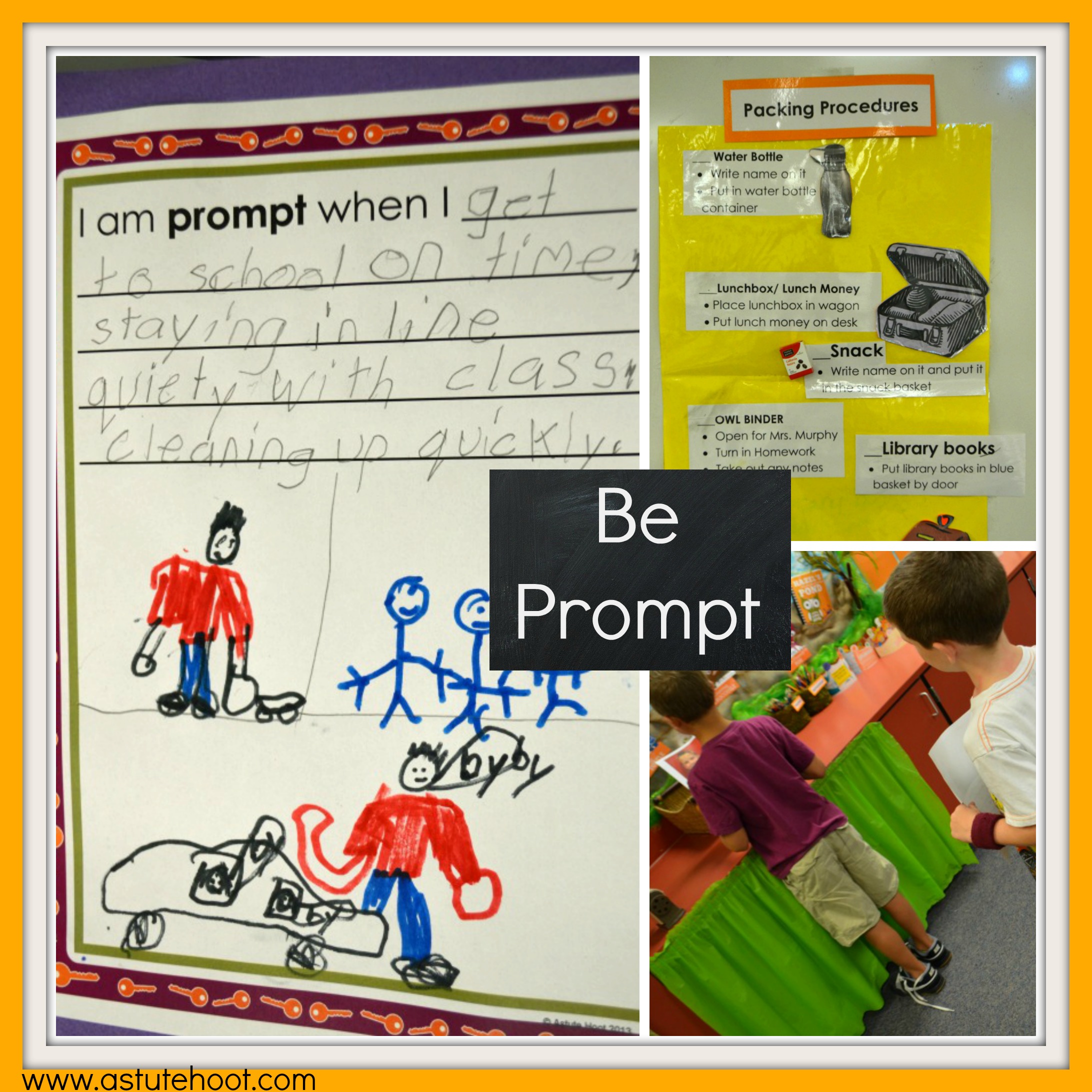
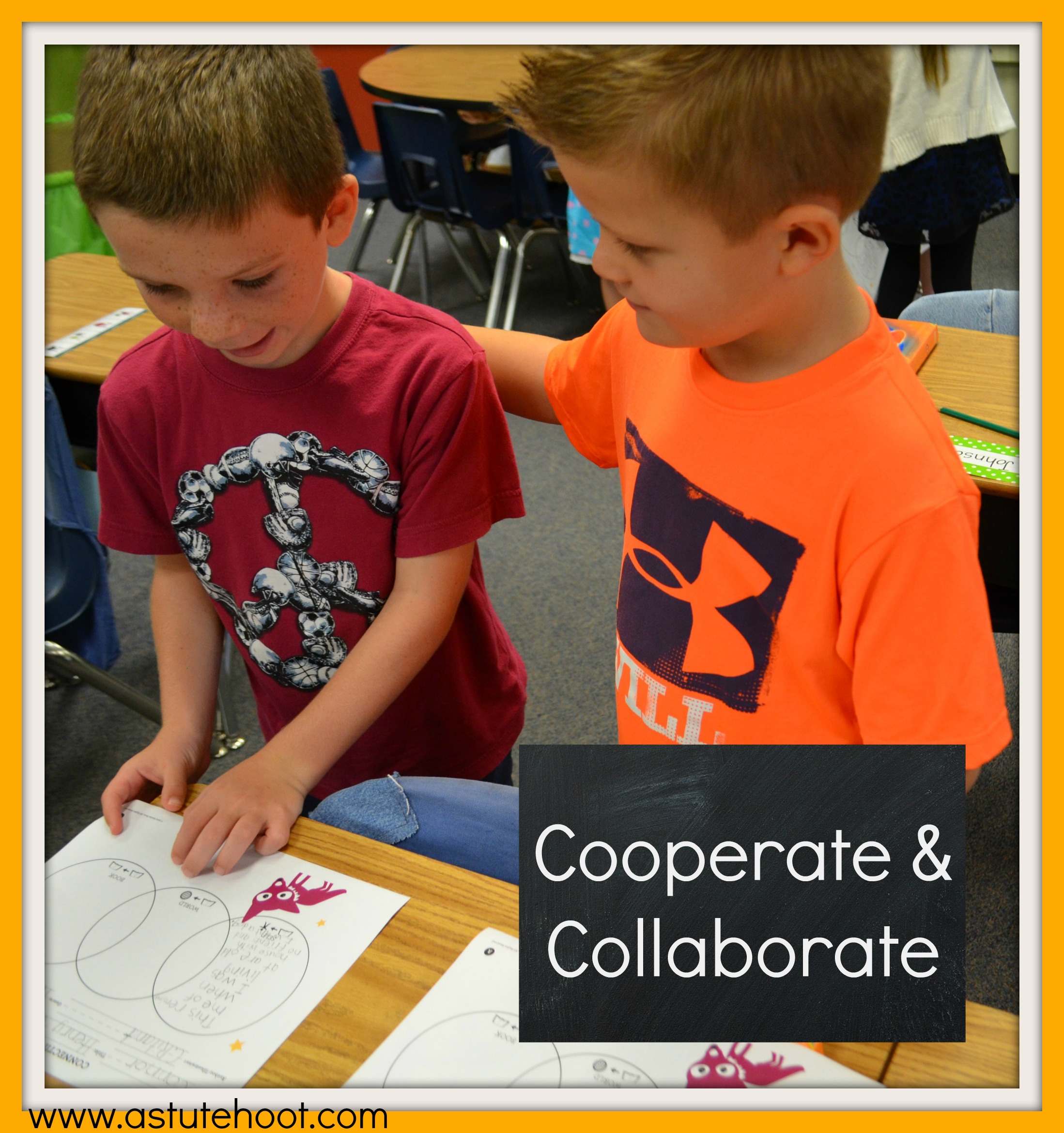
The Golden Keys Success also provides weekly reflection; on Fridays, students write a Glow, an achievement, and a Grow, a short-term goal for upcoming week. A colorful, parent brochure explains the system, positive and negative consequences and essential questions about classroom behavior.
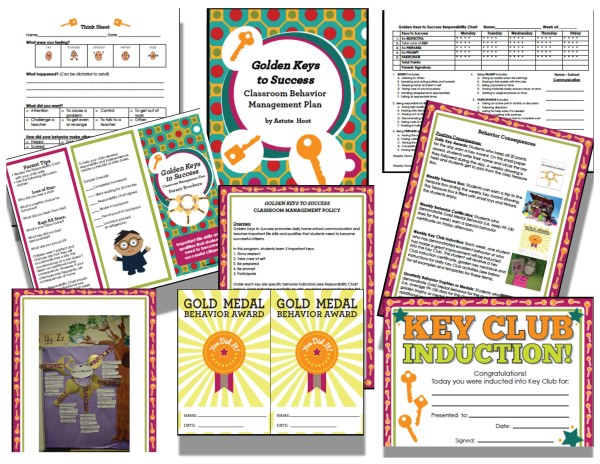
The best part? It’s our Flash Friday Freebie! Download the free Golden Keys to Success Classroom Management Plan and purchase the accompanying Golden Keys to Success Lesson Plans to start your year off on a golden note.


